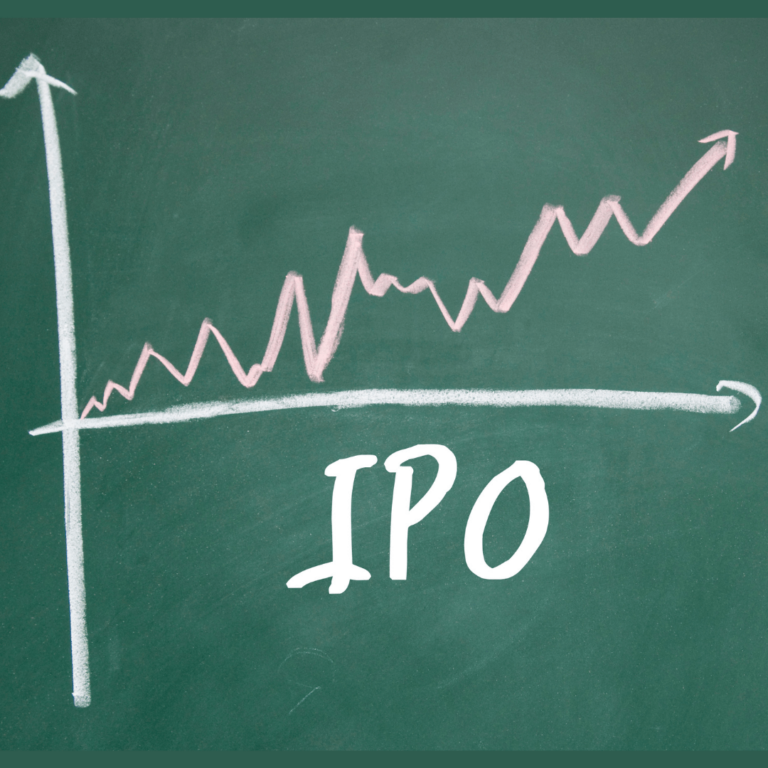The events of 2020 have compounded the issues female founders face all over the world. In the U.S., despite overall VC funding remaining stable, funding for female founders fell to 2017 levels in the third quarter and decreased on an annual basis last year, according to Pitchbook.
In Europe, the situation is arguably worse. The share of investments involving female founding teams has barely moved in recent years: female-founded companies represented less than two percent of the total capital invested in venture-backed startups according to Atomico’s 2020 State of European Tech Report.
Despite the downward trending data, there’s a silver lining for European female founders. The COVID-19 pandemic has changed the fundraising process to a mainly virtual world. From this perspective, in some ways it’s making it easier for European female founders to raise capital from international investors.
Many female founders have reached out as they are keen to take advantage of this opportunity to build relationships across borders, especially with U.S. investors. Toward the end of last year, Stacy Kim, London-based Partner at Wilson Sonsini, kindly invited me to a fireside chat with a group of European female founders looking to raise from U.S. investors. I want to share the top tips coming out of the session around how to approach fundraising and what has changed in the post-COVID word.
As a female founder in Europe, here are 7 best practices to keep in mind as you fundraise:
1. Prepare a Plan of Attack
Although the fundraising process changes slightly from stage to stage, for example a Pre-Seed round is going to be a different beast than a Series B, but what does not change is having a plan is critical. Across all stages, it’s important to plan out when you want to start fundraising and which VCs you want to engage with. It helps if this plan includes an ongoing process of building relationships and crafting your story even when you are not actively fundraising.
2. Leverage Your Current Investors
If you’ve been able to secure investment already, one network to not overlook is your existing investors and board members. I often see founders who have done their research and identified VCs that might be a great partner for the next stage of growth, but they don’t deeply engage with the partners they already have. Your existing European-based investors can be a great bridge to other investors, especially U.S. investors. Also, consider doing a practice round with your existing investors as this can help identify what questions investors might have and increase your confidence in responses.
3. Always Consider the Next Round
One area early-stage European female founders should be mindful of when raising capital and negotiating terms is ensuring you’re continuously investable. Founders who have agreed to highly dilutive rounds or non-standards terms run the risk of setting themselves up for failure in a future round. For example, founders may find it harder to bring on new investors if they think management isn’t incentivized to work for the company because of low ownership or it requires work to fix a messy cap table. To avoid these issues, always make sure you are seeking expert advice and working with experienced lawyers, as well as doing your own research and referencing potential investors.
4. Craft a Pitch and Metrics Appropriate to Your Stage
Top tier VCs look for the same thing–whether they’re in the U.S. or Europe. They look for exceptional founders building highly scalability businesses with products that customers love. It’s critical to research and understand if the VC you are considering invests at your stage and is excited about your sector. That said, it’s important to recognize investors focus on different areas depending on the stage:
- Pre-Seed / Seed: The team, market and product vision matter a lot. There aren’t that many data points for a VC to look at, so you will need to emphasize why your business needs to be built and why you’re the right person to do it.
- Series A: Demonstrating product-market-fit is key. Share initial data points around commercialization and what initial customers say about the product.
- Series B, C and further into the growth stage: Financial metrics and traction to-date is even more important. It’s key to emphasize scalability of the product and your engine for efficient growth.
5. Seek out Investors that Match Your Needs for Expansion
At the early stages of a company’s journey having an investor in close proximity geographically can be beneficial. Your broad member will be in the same or similar timezone and can answer those 1 a.m. Whatsapp messages. As a company matures and looks towards international expansion, it can be very beneficial to bring on board a U.S. investor. This is because a U.S. investor can provide better support and guidance accessing the U.S. market, like through Sapphire’s Portfolio Growth team. That said, COVID has accelerated trends around remote work, and I’ve seen more European founders seek out U.S. investors earlier in their journey as they build a global business from day one.
6. Don’t Forget to Be Confident in Yourself
It’s obvious, but an important area to stress is around confidence. I’ve heard time and time again it can be intimidating to pitch a VC partnership, especially for female founders who face unconscious biases, and there’s data to back it up. Seven years of data from pitches at TechCrunch Disrupt New York City analyzed in research from London Business School Professor Dana Kanze, as explained in her TED Talk, show that female founders get asked more prevention versus promotion questions from VCs. And the result of these biases are stark: male-led startups raise five times more capital than female-led ones. Staying confident and converting prevention questions into promotion answers can help female founders improve their chances of getting funding.
7. Stay Determined
2021 is likely to be another difficult year for many female entrepreneurs. A survey of women across global tech hubs by the Female Founders Alliance found 51 percent of women have delayed or cancelled their plans to start a company as a result of the pandemic. Of those surveyed, 45 percent of female entrepreneurs are fully or mostly responsible for the added workload in their household as a result of the pandemic.
But female founders have made much progress in the past decade in spite of the obstacles they face. COVID has caused hardship, but it’s also helping bring the female founder and investor community closer together in Europe.
If you’re a female tech entrepreneur–in Europe or elsewhere–and are chasing your dreams, Sapphire is committed to helping. You can email me at [email protected] to chat, seek feedback or guidance or ask for any pointers.



